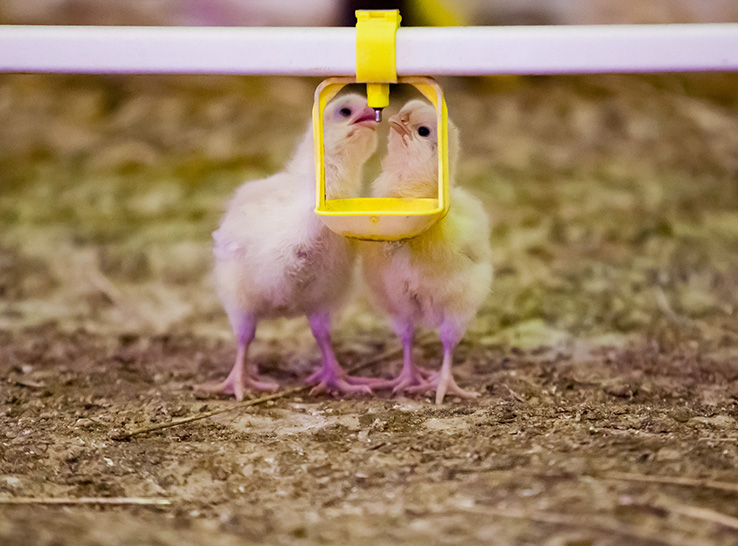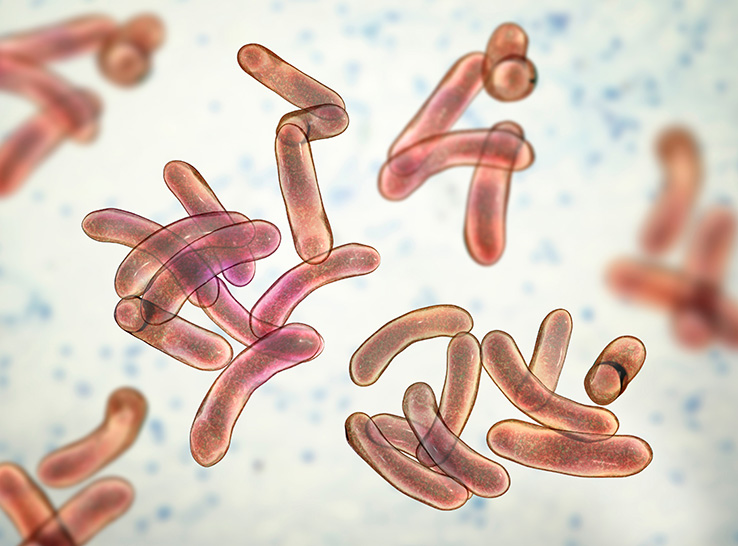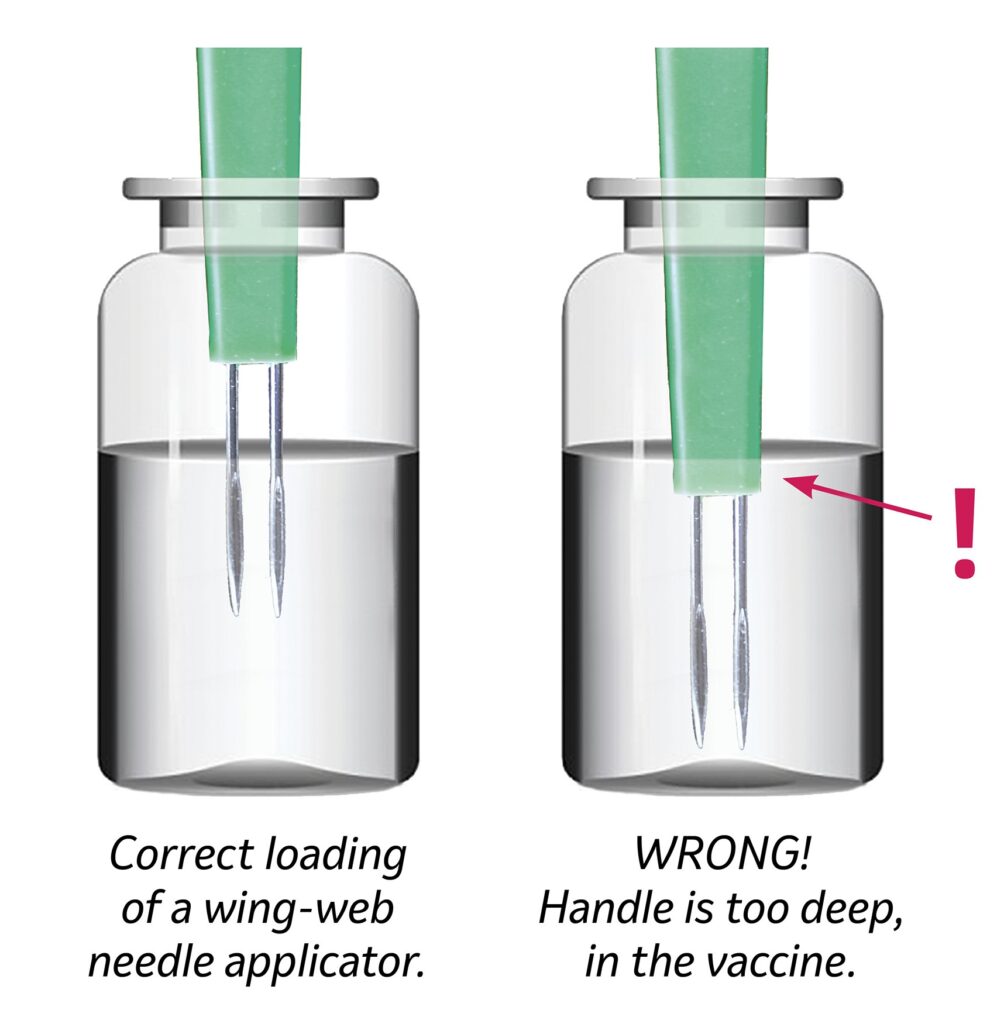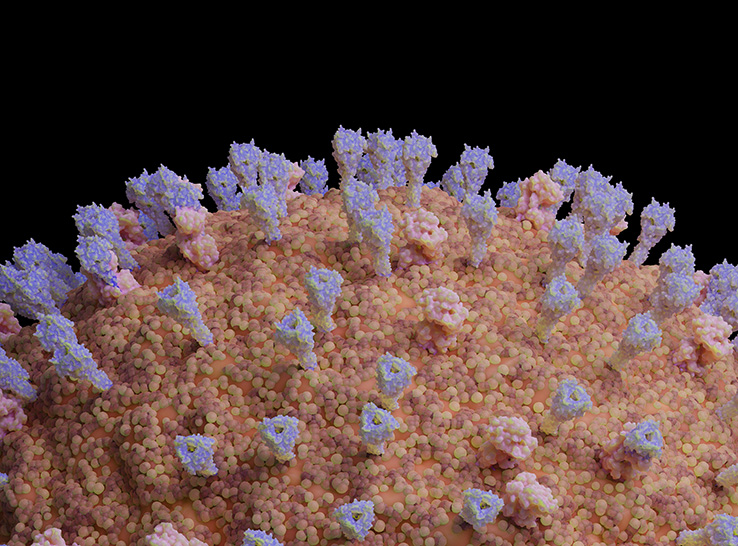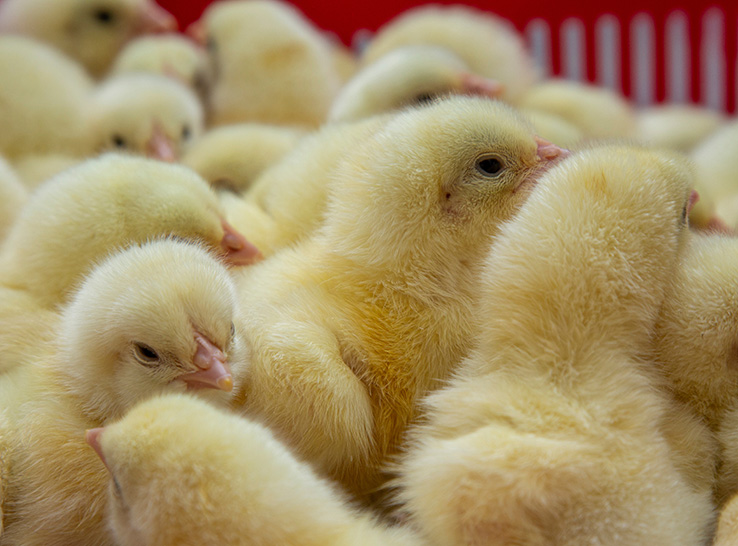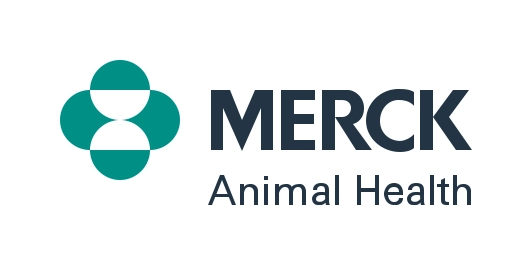 Developing a thorough vaccination strategy for fowl cholera — one that includes selecting the right vaccine field strain for the challenge birds are facing and properly administering the vaccine — is critical when managing this bacterial disease.
Developing a thorough vaccination strategy for fowl cholera — one that includes selecting the right vaccine field strain for the challenge birds are facing and properly administering the vaccine — is critical when managing this bacterial disease.
“The goal is to provide adequate protection while minimizing undue reactions,” says Jim Stockam, DVM, Merck Animal Health.
Fowl cholera vaccines come in two forms — live and inactivated (“killed”). Because live vaccines produce some level of reactivity, different vaccination programs have been established, primarily for male breeder birds. M-9 and PM-1 are attenuated strains of the original 3×4 Clemson University strain. The M-9 strain vaccine is considered less reactive and is often given to males. The PM-1 strain is more reactive and typically used in hens.
“Titer levels of the attenuated vaccines can affect reactivity and are critical in selecting which vaccine to use,” Stockam explains.
There are 16 fowl cholera serotypes identified to date, with types 2 and 3 common in chickens and types 3 and 4 in turkeys. Because “killed” fowl cholera vaccines are serotype-specific, the vaccine must match the serotype affecting the birds.
“Bacterin-associated reactions are usually related to other vaccine components, such as the adjuvant or toxins produced by the Pasteurella multocida bacteria prior to inactivation,” Stockam says.
Steps for successful fowl cholera vaccination
Records are critical to monitor the vaccination process should a problem arise down the road. Items to document should include the vaccine serial number and expiration date, the vaccination crew and date, flock identification and age. Keep these records on file until the flock is sold.
“If a flock develops problems later in production, the breeder supervisor can determine whether the problem is related to vaccination ‘takes,’ the vaccine or something else,” Stockam notes.
As for the actual vaccination process, the veterinarian recommends following these 10 steps every time:
- Rehydrate only enough vaccine to last 30 minutes. Never rehydrate vaccine until you’re on the farm and ready to vaccinate. Mixing too early reduces the vaccine’s available live antigen.
- Keep vaccine cool during administration. Fowl cholera vaccines are sensitive to heat, especially after rehydration. Keep vaccines in a cooler during vaccination. Using an insulated vaccine-vial holder or a heavy glove is recommended to insulate diluted vaccine from body heat.
- Correctly use wing-web needle applicator. The wing-web needle applicator is designed to extract the correct vaccine amount and deliver a proper dose:
-
- Dip the needle applicator deep enough to cover only the grooves in the application needles.
- Do not dip the plastic applicator handle in the vaccine.
- Re-dip the applicator into vaccine before each wing-web application.
- Remove excess vaccine adhering to the applicator by touching it to the inside of the vial.
- Vaccinate one wing consistently. Designate one wing (right or left) as the “fowl cholera” wing for initial wing-web vaccination and the opposite wing as the “fowl pox” wing. Make this consistent across all birds, so there is no confusion when checking “takes.”
- Vaccinate the opposite wing with avian encephalomyelitis (AE)/fowl pox. Keep the AE/fowl pox vaccination separate from fowl cholera vaccination to ensure good immunity development to each vaccine.
- Give second fowl cholera vaccination in the “AE/fowl pox” wing. The AE/fowl pox vaccine does not typically make a prominent lesion, and the site will resolve prior to the second cholera vaccination. This will provide a clean wing web for the second cholera vaccination and allow better visibility to monitor the second “takes.”
- Avoid muscle or feather hits. Fowl cholera vaccines are most effective if placed directly in the wing web to prevent vaccine loss in the feathers. Avoid muscle hits, which can cause excessive reactions and potential leg issues. Note the thin muscle band leading out of the wing web and the muscle at the leading edge of the wing.
- Vaccinate at a pace that provides accuracy. Vaccination crews may feel pressure to move quickly, but illustrate how important their job is and the need to vaccinate every bird. Missed birds will not develop immunity. If that means slowing down a bit, that’s the right call.
- Bird handling is critical. Bird welfare is important. So, be sure to:
-
- Avoid twisting legs or dropping birds from the table to the floor.
- Present wings in a way that vaccinators have easy and consistent access for vaccination.
- If using the table method, present each vaccinator with no more than four to six birds at a time.
- Select the number of birds that provides presentation consistency and lets the vaccinator maintain count of vaccinated birds. The wheel method allows individual birds to be vaccinated with greater accuracy.
- Check “takes” to monitor vaccination. Expect to see a “take” about 7 days post-vaccination. A poor “take” suggests improper application or a low, insufficient level of live organisms present in the vaccine.
“Companies that routinely monitor ‘takes’ at 7 days post-vaccination and report scores back to the vaccination crew consistently score in the 95% range,” Stockam says. “In contrast, companies that monitor ‘takes’ occasionally or not at all tend to average only 70% to 85% good ‘takes’.”
Mastering these 10 steps can help set the course for a successful fowl cholera vaccination program.
For more information on managing fowl cholera, click here.
Editor’s note: Content on Modern Poultry’s Industry Insights pages is provided and/or commissioned by our sponsors, who assume full responsibility for its accuracy and compliance.

